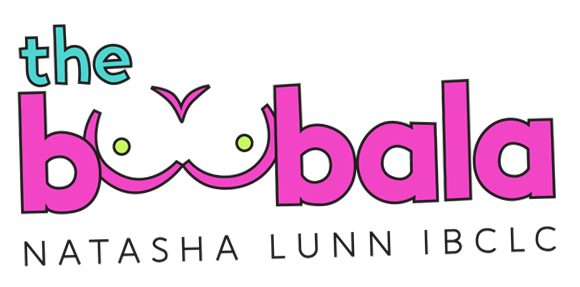Page Content
- What is an example of adaptive immunity?
- What is an example of an active immunity?
- What are the classification of immunity in nursing?
- Which type of immunity is promoted by breastfeeding Quizlet?
- What is an example of natural active immunity?
- Is breast feeding an example of natural passive immunity?
- What is an example of a passive immunity?
- What are the 4 types of immunity and examples of each?
- What type of immunity is breastfeeding?
- What is an example of immunity in nursing?
Understanding Breastfeeding and Immunity
Breastfeeding is not just a means of providing nutrition to infants; it plays a crucial role in shaping their immune systems. The type of immunity that breastfeeding exemplifies is primarily passive immunity. This form of immunity is characterized by the transfer of antibodies from one individual to another, providing immediate but temporary protection against infections.
The Mechanism of Passive Immunity
When a mother breastfeeds, she transfers immunoglobulins—particularly Immunoglobulin A (IgA)—through her breast milk. These antibodies are vital for protecting the infant’s mucosal surfaces, such as those in the gut and respiratory tract, from pathogens. This transfer occurs naturally during the early days of breastfeeding, particularly through colostrum, the first milk produced after childbirth, which is rich in antibodies and nutrients essential for the newborn’s health.
The Role of Breast Milk in Immune Development
Breast milk not only provides passive immunity but also contributes to the development of the infant’s own immune system. As the infant consumes breast milk, they are exposed to various immune factors that help train their immune system to recognize and respond to pathogens effectively. This process is crucial during the first few months of life when the infant’s immune system is still maturing.
Moreover, breastfeeding has been linked to long-lasting effects on the immune system. Studies suggest that infants who are breastfed may have a lower risk of developing certain immunologic diseases later in life, such as allergies and autoimmune conditions. This indicates that breastfeeding may also play a role in establishing a more robust and adaptable immune response as the child grows.
Conclusion
In summary, breastfeeding exemplifies passive immunity, providing infants with immediate protection through the transfer of antibodies from the mother. This process not only safeguards newborns against infections but also lays the groundwork for their developing immune systems, promoting long-term health benefits. The significance of breastfeeding extends beyond mere nutrition; it is a fundamental aspect of nurturing and protecting the health of infants during their most vulnerable stages of life.
What is an example of adaptive immunity?
A person who recovers from measles, for example, is protected for life against measles by the adaptive immune system, although not against other common viruses, such as those that cause mumps or chickenpox.
What is an example of an active immunity?
Active immunity is a disease resistance that results from the protection of proteins called antibodies. Active immunity examples include a person’s resistance to strep throat due to a previous infection or a person’s immunity to polio due to the polio vaccine.
What are the classification of immunity in nursing?
Two types of immunity exist — active and passive: Active immunity occurs when our own immune system is responsible for protecting us from a pathogen. Passive immunity occurs when we are protected from a pathogen by immunity gained from someone else.
Which type of immunity is promoted by breastfeeding Quizlet?
Passive immunity is immunity transferred from another source. An infant receives passive immunity naturally from the transfer of antibodies from its mother in utero and through breast milk. Passive immunity also can be artificially provided by the transfer of antibodies produced by other people or animals.
What is an example of natural active immunity?
An example of naturally acquired active immunity would be resistance to a common cold. Due to previous exposure, a person has some antibodies against the common cold virus. Due to the presence of antibodies, the person is able to fight the cold off faster and more efficiently than if they had no prior exposure.
Is breast feeding an example of natural passive immunity?
Breastfeeding is known as the most efficient way to prevent infectious disease in early life. Maternal anti-microbial immunoglobulins transfer through milk confers passive immunity to the breastfed child while his immune system is maturing.
What is an example of a passive immunity?
For example, passive immunity occurs when a baby receives a mother’s antibodies through the placenta or breast milk. It can also occur when a person receives an injection of antibodies to protect against the effects of a toxin such as snake venom.
What are the 4 types of immunity and examples of each?
Types of immunity: Active natural: Body produces antibodies in response to exposure to a live pathogen. Active artificial: Body produces antibodies in response to a vaccine. Passive natural: Antibodies are passed from the mom to her baby through the placenta and breastmilk.
What type of immunity is breastfeeding?
Breastfeeding provides passive and likely long-lasting active immunity.
What is an example of immunity in nursing?
In active natural immunity, your body produces antibodies (active) in exposure to a live pathogen (natural). For example, you get chicken pox, and after your initial infection, you build immunity against the disease. If you’d like to learn more about chicken pox, check out our Pediatric Nursing Flashcards.

